The Timeless Charm of Traditional Rugs
Step into a world where artistry meets functionality with traditional rugs, cherished for their intricate designs and cultural significance. These exquisite floor coverings are not merely decorative pieces; they embody a rich tapestry of history and craftsmanship. Ideal for enhancing any space, these items invite warmth and elegance into homes, transcending generations and cultures.
The Evolution of Traditional Rugs: Crafting Stories Through Weaving
These items have a fascinating history, dating back thousands of years. Initially, they served practical purposes, providing warmth and comfort in nomadic cultures. Early products were woven using simple techniques, often reflecting the daily lives and surroundings of their creators. The designs were typically geometric or symbolic, telling stories of cultural heritage and the environment.
As societies evolved, so did the artistry of rug weaving. By the Middle Ages, these items began to reflect the influence of various civilizations, showcasing an array of patterns and colors. Persian, Turkish, and Tibetan items emerged as prominent styles, each characterized by unique motifs and weaving techniques that narrated the history of their respective regions. This marked a significant transformation in the function of these products, evolving from mere utility to celebrated works of art.
Today, these items continue to captivate audiences worldwide. The craftsmanship involved in creating these pieces remains steeped in tradition, with artisans dedicating years to mastering their skills. The vibrant colors, intricate patterns, and exquisite detailing found in these items tell the stories of the cultures from which they originate, making each piece a timeless artifact.
The Cultural Significance of Traditional Rugs
Traditional rugs hold immense cultural significance, often symbolizing community, identity, and craftsmanship. In many cultures, these items are more than decorative items; they represent family heritage and societal values. They are often passed down through generations, preserving the stories and artistry of those who came before.
In Middle Eastern and Central Asian cultures, these pieces are commonly used in ceremonial settings and family gatherings. They serve as a centerpiece for hospitality, inviting guests to sit and share stories over meals and celebrations. This practice highlights the importance of community and tradition in these societies, reinforcing the idea that these items are a vital part of cultural identity.
Furthermore, traditional rugs are frequently regarded as a form of investment. Their value often appreciates over time, making them sought-after pieces in both domestic and international markets. Collectors and enthusiasts appreciate the artistry involved, viewing these items as heirlooms that reflect the rich tapestry of human creativity and cultural history.
The Design and Features of Traditional Rugs
These options are renowned for their intricate designs and unique features. Common characteristics include vibrant colors, detailed patterns, and symbolic motifs that vary by region. These elements reflect the traditions and natural surroundings of the weavers, making each item a unique representation of its culture.
Designs often incorporate floral, geometric, and animal motifs, each carrying specific meanings. For example, floral patterns may symbolize beauty and nature, while geometric shapes can represent stability and harmony. The color palette is equally significant, with certain colors associated with specific cultures and emotions. This thoughtful integration of design and symbolism enriches the story behind each rug.
While these items have maintained their classic aesthetics, contemporary designs are increasingly blending craftsmanship with modern elements. This evolution allows for a wider appeal, enabling products to complement various interior styles while preserving their cultural roots.
Innovations in Traditional Rug Design
The design of traditional rugs has seen innovative changes that marry heritage with modern functionality. Artisans now incorporate contemporary techniques and trends while maintaining the essence of craftsmanship. This fusion creates new possibilities for both aesthetics and durability.
Customization has also gained popularity, allowing individuals to create bespoke designs that reflect personal tastes while honoring methods. This trend has encouraged a renewed appreciation for the artistry involved in product making, as consumers seek unique pieces that resonate with their identities.
Sustainability is another critical focus, with many contemporary rug makers embracing eco-friendly practices and materials. This commitment to responsible craftsmanship aligns with global trends towards sustainability, ensuring that these items not only serve as beautiful decor but also as symbols of environmental consciousness.
The Future of Traditional Rugs
The future of these items lies in the continued integration of innovation, customization, and sustainability. Designers are exploring new patterns, colors, and techniques that honor practices while appealing to modern sensibilities. This ensures that these products will remain relevant and cherished in contemporary homes.
As the world becomes increasingly interconnected, the appreciation for traditional rugs will continue to grow. Collectors and enthusiasts will seek out these exquisite pieces, recognizing their cultural significance and timeless beauty. The emphasis on individuality will drive further customization, allowing for the creation of one-of-a-kind products that tell personal stories.
By embracing innovation while respecting craftsmanship, the future of these items are bright. Their role as functional art pieces will evolve, ensuring that they continue to enrich the living spaces with history, culture, and beauty.
Choosing the Perfect Traditional Rug
Selecting the ideal traditional rug involves considering factors such as size, design, and personal style. It's essential to choose a item that complements your space and resonates with your aesthetic preferences. For larger areas, opt for a product that can anchor the room and enhance its overall design.
Additionally, consider the colors and patterns of the item. Each design carries meaning and can significantly impact the ambiance of a space. Whether you prefer bold, intricate patterns or subtle, understated designs, there is a product to suit every taste.
Confidence in your choice will enhance your enjoyment of the rug, ensuring it serves as both a beautiful focal point and a functional piece of art. Embrace the rich heritage of these items and discover how they can elevate your home, adding a touch of elegance and warmth to your living spaces.
Conclusion: The Enduring Allure of Traditional Rugs
These items represent the perfect blend of artistry, culture, and functionality. Their evolution from practical items to celebrated art pieces showcases their enduring appeal and significance in various cultures worldwide.
By understanding their history, design features, and future trends, you can appreciate traditional rugs as more than just decorative elements—they are living artifacts that embody craftsmanship, culture, and personal expression. Explore the world of these options and find the perfect addition to your home, reflecting both timeless beauty and innovation.
Whether for personal use or as a thoughtful gift, a well-chosen product offers unparalleled elegance and character, ensuring that your space is imbued with warmth and a rich cultural legacy. Embrace the enduring charm of these items and make them a cherished part of your home.
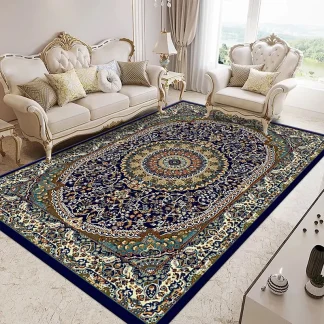
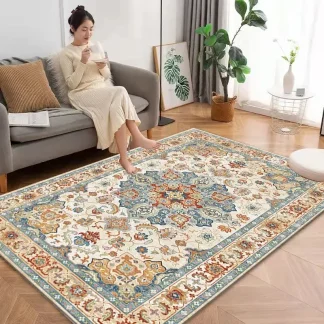 + 2
+ 2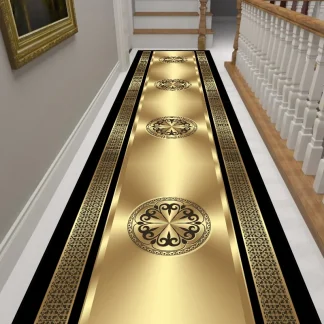 + 5
+ 5 + 4
+ 4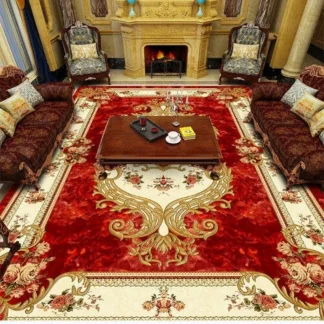 + 13
+ 13
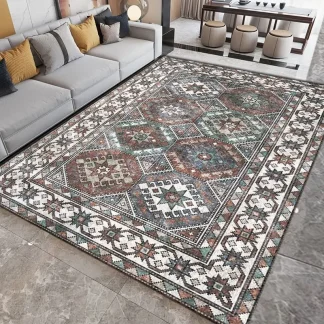 + 3
+ 3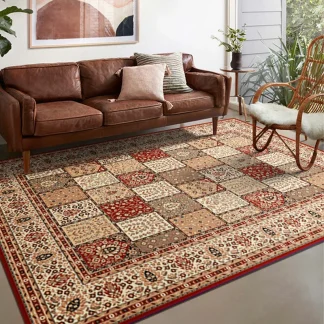
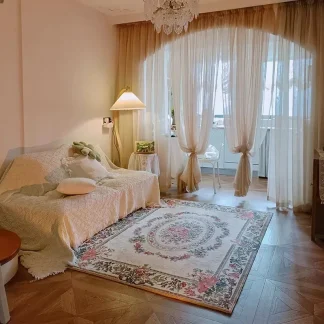
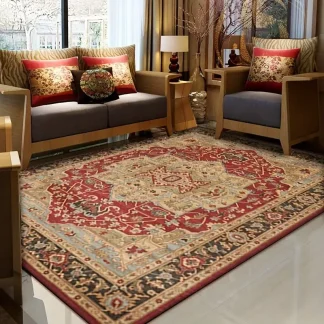

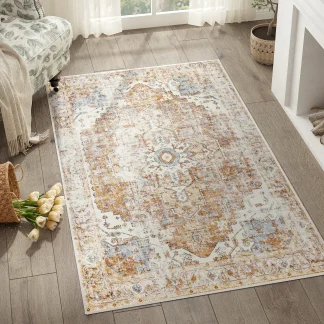
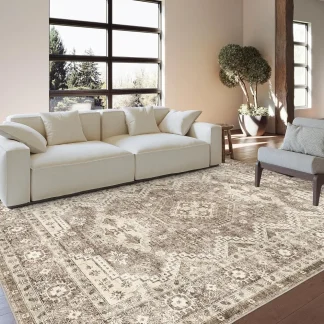
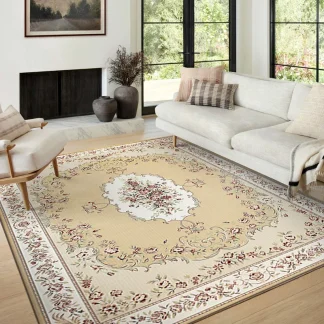
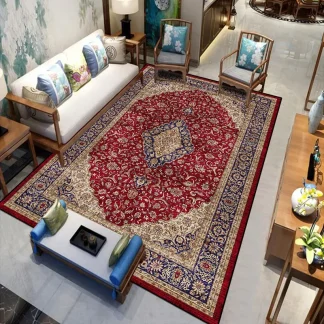 + 7
+ 7